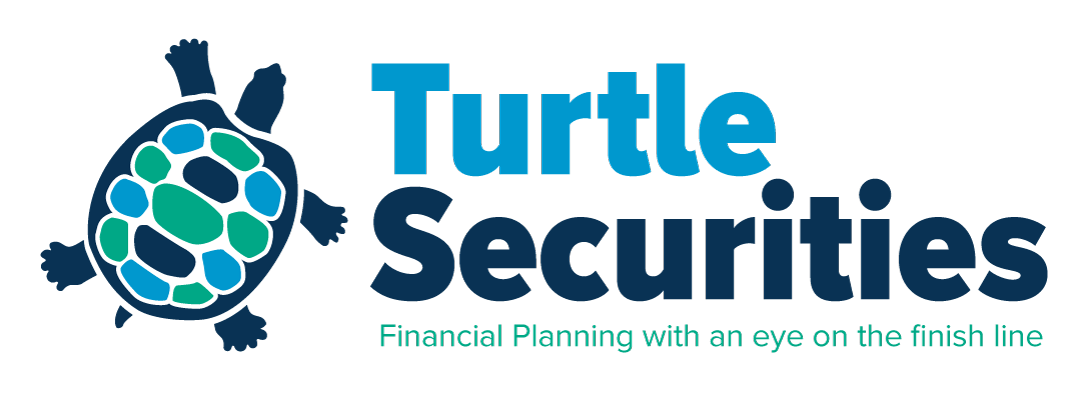By Chris Turtle
•
December 27, 2023
In the ever-evolving landscape of personal finance, one aspect that often flies under the radar is superannuation. This fundamental financial tool plays a crucial role in securing your future, yet it remains one of the most overlooked aspects of financial planning. In this comprehensive guide, we'll shed light on what superannuation is, why it's indispensable, and provide expert advice tailored for the residents of Dubbo, NSW. Understanding Superannuation Superannuation is a prolonged savings strategy created to finance your retirement. It's a financial arrangement in which a percentage of your income is set aside into a superannuation fund, accumulating over the course of your working life. This nest egg is then invested to grow your wealth, ensuring you have a comfortable retirement. The Importance of Superannuation Superannuation is not just a savings account; it's a financial safety net for your retirement. By contributing to your super fund regularly, you're essentially creating a pool of funds that will sustain you when you decide to step back from the workforce. The power of compounding returns over time can significantly boost your retirement savings, providing financial security during your golden years. Choosing the Right Superfund Selecting the right superannuation fund is a critical decision that directly impacts your financial future. With numerous options available, it's essential to consider factors such as fees, investment performance, and the fund's reputation. For Dubbo, NSW residents seeking expert retirement planning solutions, it's advisable to consult with local financial professionals who understand the unique challenges and opportunities specific to the area. Dubbo, NSW Superannuation Advice: Why Choose a Local Australian Company? When it comes specifically to superannuation advice for Dubbo, NSW residents, opting for a local Australian company can offer distinct advantages. A local provider understands the economic landscape of Dubbo and can tailor advice to align with the region's specific retirement planning needs. Expert retirement planning in Dubbo, NSW is not a one-size-fits-all solution, and a local company can provide personalized guidance based on local market conditions and potential investment opportunities. Which Superfund is Best for You? The best superannuation fund for you depends on various factors, including your financial goals, risk tolerance, and investment preferences. While industry funds, retail funds, and self-managed super funds (SMSFs) each have their advantages, seeking professional advice ensures you choose a fund aligned with your unique circumstances. Explore the possibilities with expert retirement planning solutions in Dubbo, NSW to make informed decisions about your superannuation fund. Underrated Superannuation Advice You're Not Taking Regularly Review Your Superannuation Strategy : Life changes, and so should your superannuation strategy. Regularly assess your financial goals, contributions, and investment options to ensure your super fund aligns with your evolving needs. Consolidate Multiple Super Accounts : If you've changed jobs, chances are you might have multiple super accounts. Consolidating them can simplify management, reduce fees, and potentially boost your overall returns. Consider Salary Sacrifice : Explore the benefits of salary sacrifice to boost your super contributions. This tax-effective strategy can maximize your retirement savings over time. Final Words Superannuation is a cornerstone of financial planning and Dubbo, NSW residents can benefit from expert advice tailored to their local context. By understanding the importance of superannuation, choosing the right fund, and heeding underrated advice, you're taking proactive steps toward securing a financially stable retirement. For p ersonalized retirement planning solutions in Dubbo , consult with local experts to navigate the path to a prosperous retirement.












